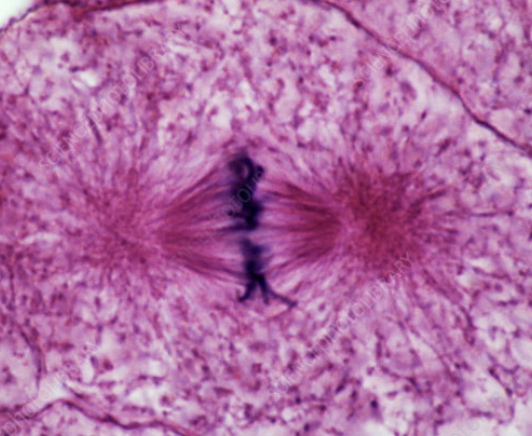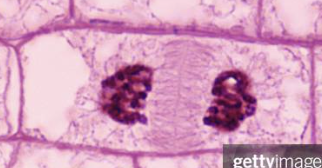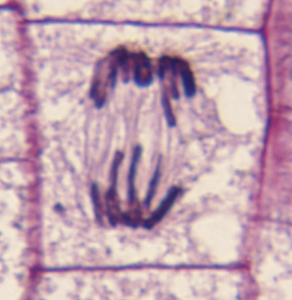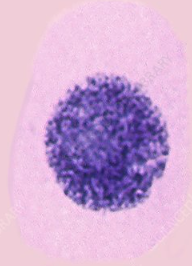Unit 4: Cell Communication and the Cell Cycle
1/13
There's no tags or description
Looks like no tags are added yet.
Name | Mastery | Learn | Test | Matching | Spaced |
|---|
No study sessions yet.
14 Terms

Which phase of mitosis is this? Why is it important?
Metaphase.

Which phase of mitosis is this? Why is it important?
Telophase.

Which phase of mitosis is this? Why is it important?
Anaphase.

What phase of mitosis is this? Why is it important?
Prophase.
Plasmodesmata
Channels between the cell walls of plant cells that allow molecules to move between cytoplasms of neighboring cells to enable communication
Ligand
A non protein molecule that binds to a receptor on a target cell, initiating a cellular response.
Long distance communication
Usually involves signals traveling in the blood vessels until it reaches its target cell
cAMP
cAMP is a secondary messenger that relays and amplifies the signal carried by the ligand in the transduction stage. It often activates protein kinases that continue to amplify the signal
What does cell signaling rely on?
Cell signaling relies on the interaction between ligands and receptors to communicate. If the ligand cannot bind to a receptor, or if a cell does not have that receptor it will not receive the message.
Apoptosis
Programmed cell death. It is a controlled process that is important in organism development and regulation of the cell cycle.
Negative feedback loop
DECREASES the effect of the stimulus, often returning the organism to homeostasis
Positive feedback loops
INCREASES the effect of the stimulus. Often pushes the organism away from homeostasis